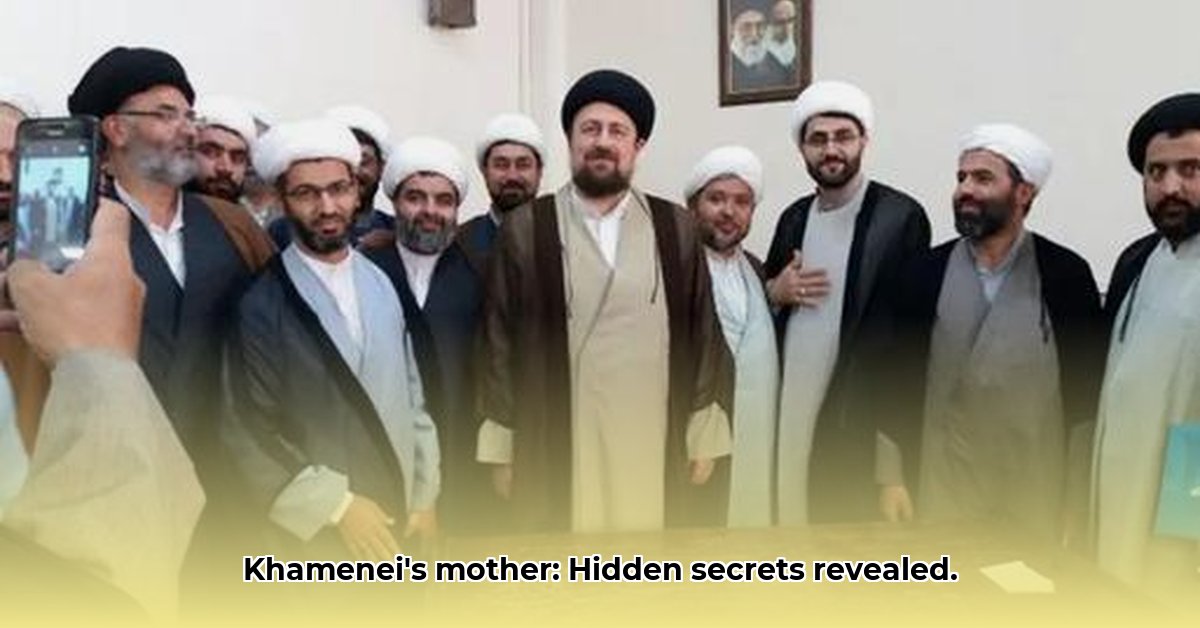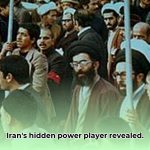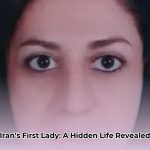Who are the key players behind Iran’s Supreme Leader? The Khamenei family operates within a world of carefully guarded secrets, especially concerning the private lives of Ali Khamenei’s children. For more on the Khamenei family, see this resource. While the Supreme Leader himself is a well-known figure, detailed information about his family – particularly the mother of his son, Mostafa – remains scarce. This article explores what limited information is available and examines how the Khamenei family dynamics may influence Iranian politics, future leadership succession, and internal power struggles.
Mostafa Khamenei’s Mother: An Enigma in Iranian Politics
The Khamenei family plays a significant role in Iranian politics. Understanding the inner workings of the family provides insight into the country’s leadership and future direction. However, key figures remain shrouded in mystery, and details about Mostafa Khamenei’s mother are limited. The lack of available information demonstrates how the contributions and influences of women in powerful families are often overlooked. This article aims to shed light on this enigma, piecing together the available information to explore how her life may have shaped Iran’s political landscape.
The Khamenei Family: A Complex Network of Power and Influence
The Khamenei family is more than just a collection of individuals; it is a complex network of relationships and power dynamics that impact Iranian society. Supreme Leader Ali Khamenei’s sons, brothers, and even extended family members exert influence, even if it operates behind the scenes. While Mojtaba Khamenei, Ali’s son, is often discussed as a potential successor, concrete evidence remains elusive. This lack of transparency is characteristic of Iranian power structures, where things are rarely straightforward. Mostafa Khamenei maintains a lower profile. His private life and his mother’s influence remain largely unknown to the public.
Inferring Insights: Uncovering Clues About Mostafa Khamenei’s Mother
Information about Mostafa Khamenei’s mother is scarce. Even limited information, however, can offer valuable clues and insights into the political environment. What values did she hold? What kind of upbringing did she provide for her sons? Her influence, though potentially invisible to outside observers, likely shaped the family’s trajectory. Considering the social norms and expectations of women in Iran during her lifetime provides a starting point. Did she operate within the constraints of tradition, or did she possess an independent spirit that influenced her sons in unexpected ways?
Family Dynamics: A Microcosm of Iranian Politics
The dynamics within the Khamenei family reflect the broader political tensions in Iran, including internal dissent. Maintaining a balance between loyalty and dissent is delicate, as open criticism, even within the family, carries risks. In this context, the silence of certain family members may speak volumes. By observing the family, we can gain insight into the larger Iranian society, with its intricate power struggles and subtle communications. The lack of open conflict may mask simmering disagreements and rivalries. The interactions between family members may reveal shifts in alliances and influence.
Unanswered Questions: The Need for Ongoing Research
While multiple sources provide insight into the Khamenei family, critical information remains unavailable. The lack of details about Mostafa Khamenei’s mother exemplifies this challenge. This lack of transparency hinders a complete understanding of the family’s dynamics and the broader Iranian political system. Further research is needed to piece together the missing elements of this puzzle.
The Enduring Legacy: The Khamenei Family and Iran’s Future
The Khamenei family’s influence on Iran’s future is undeniable. Questions of succession, internal dissent, and the stability of the regime are closely tied to the family’s internal power structures. Understanding these dynamics and the contributions of women like Mostafa Khamenei’s mother helps to understand Iran’s future. It enables a nuanced appreciation of the interplay between family and state, highlighting the interwoven nature of personal and political ambitions. As more information surfaces, our understanding evolves. The journey of uncovering hidden narratives is far from over.
Internal Dissent and Iranian Succession Planning
The unexpected death of President Raisi, and the subsequent power vacuum, highlights the complexities of Iranian succession planning. It underscores the importance of understanding the Khamenei family dynamic. Even details about Mostafa Khamenei’s mother, though scarce, contribute to this understanding.
The Khamenei Family: A Political Dynasty
The Khamenei family continues to wield significant influence in Iranian politics. Supreme Leader Ali Khamenei’s decisions shape the country, but the actions and beliefs of other family members – including his sons, Mojtaba, and even his grandchildren – affect the succession puzzle. These dynamics shape Iran’s political landscape and remain a focal point for political scientists and journalists. The family reflects Iranian power struggles.
Limited information about Mostafa Khamenei’s mother makes it difficult to determine her role within the family’s power structure. Consider the social norms of her era, her social standing, and how she may have influenced her son. These are crucial questions, even without definitive answers. Dissent within the Khamenei family impacts Iranian succession planning. These potential influences are critical factors.
Internal Conflict and Iranian Governance
Recent events indicate divisions within the Iranian establishment, influencing domestic policy. The secrecy surrounding Raisi’s death speaks volumes about these tensions. Raisi’s death, as a prominent contender for the Supreme Leader’s succession, has amplified these divisions. Mojtaba Khamenei’s position, and the potential challenges to his claim, are central to this conflict. The family’s internal power struggles could destabilize the nation.
Each family member pulls in different directions, creating internal tension. A major event like Raisi’s death can release this tension, with significant consequences throughout Iranian politics.
Succession Planning: A High-Stakes Game
The succession of the Supreme Leader is a high-stakes game of power and influence. Raisi’s death has altered the landscape. Various factions – those loyal to Mojtaba Khamenei and others aligned with different ideologies – are vying for control, leaving the future of Iran in the balance. The lack of transparency adds to the uncertainty.
The Unknown Variable: The Impact of Khamenei Family Dynamics
Limited information on Mostafa Khamenei’s mother prevents a comprehensive analysis of her role. Nevertheless, her significance within the family’s power structure cannot be dismissed. Whether her background and potential influence, interacted with the broader family dynamics is worthy of further investigation. Even without details, her existence is a variable in this complex equation.
Key Takeaways:
- The Khamenei family’s internal dynamics are crucial to understanding Iranian politics.
- President Raisi’s death has destabilized the succession process.
- Factions within the family compete for power, impacting Iran’s future.
- The lack of transparency increases instability and unpredictability.
- Internal dissent within the Khamenei family affects succession planning.
Power, Loyalty, and Dissent: Khamenei Family Dynamics
Key Takeaways:
- The Khamenei family exerts influence on Iranian politics extending beyond the Supreme Leader’s authority.
- Understanding the family’s inner workings—loyalties, rivalries, and potential dissent—is crucial to predicting Iran’s future.
- Limited information obscures the role of Mostafa Khamenei’s mother; analyzing broader dynamics helps infer her influence.
- The family’s power stems from religious authority, political maneuvering, and business interests.
- Succession planning remains shrouded in secrecy.
Unraveling Complexity
Mostafa Khamenei, son of Iran’s Supreme Leader, operates in the shadows. Understanding his family helps to unravel the complexities of Iranian power.











